Marbled Salamanders (Ambystoma opacum): Striking Beauty of the Forest Floor
Among the most eye-catching amphibians in North America,marbled salamanders (ambystoma opacum) are known for their bold black bodies and silvery crossbands. As a member of the mole salamander family, this species is both terrestrial and fossorial, meaning it spends most of its life underground or hidden beneath forest debris. Their fascinating life cycle, unique fall-breeding behavior, and hardy nature make them popular in both ecological studies and amphibian collections.
If you’re considering keeping marbled salamanders or need habitat supplies, feeding tools, or enclosures, we recommend visiting OneStopReptileShop.com, your trusted source for amphibian essentials.
Physical Characteristics
The marbled salamanders (ambystoma opacum) is one of the most distinctive members of its genus due to its high-contrast patterning. These salamanders are stocky, with a broad head and a short tail.
Notable Features:
-
Coloration: Black body with white or silver crossbands (more gray in females)
-
Size: Adults reach 3.5 to 5 inches in length
-
Sexual Dimorphism: Males typically have brighter white bands, while females display duller gray bands
These markings serve as both camouflage and warning coloration in their forest habitats.
Natural Habitat and Range
marbled salamanders (ambystoma opacum) are found throughout the eastern United States, from New England to Texas. They inhabit moist deciduous forests, favoring areas with dense leaf litter, loose soil, and temporary ponds or vernal pools for breeding.
Preferred Habitat Conditions:
-
Soft, loamy soil for burrowing
-
Moist microclimates under logs, rocks, and moss
-
Proximity to seasonal wetlands or forest depressions
Despite being highly terrestrial, marbled salamanders still depend on aquatic environments for part of their life cycle, particularly during reproduction.
Unique Breeding Behavior
Unlike most amphibians, marbled salamanders breed in the fall, often before seasonal rains fill vernal pools. Females lay eggs in dry or damp depressions, and remain with the clutch to guard them until the rains come.
Breeding Facts:
-
Fall breeders (September–November)
-
Females lay 50–200 eggs in shallow depressions
-
Eggs remain dormant until rain fills the area
-
Hatchlings develop in temporary pools before metamorphosis
This adaptation gives their larvae a head start over spring-breeding species, reducing competition and predation.
Diet and Feeding
As opportunistic insectivores, marbled salamanders (ambystoma opacum) consume a variety of small invertebrates. In captivity, their diet can be easily maintained with common feeder insects.
Typical Foods:
-
Small crickets
-
Mealworms and waxworms (occasionally)
-
Isopods, springtails (for juveniles)
-
Earthworms (cut into pieces)
Feed adults 2–3 times per week. Juveniles may need feeding more frequently. Always dust insects with calcium and multivitamins to promote healthy bone and skin development.
Visit OneStopReptileShop.com for high-quality live feeders and nutrition supplies tailored to amphibians.
Captive Care
Ambystoma opacum is well-suited to captive life if housed in the right environment. These salamanders need secure, moist enclosures that mimic their forest floor habitat.
Enclosure Setup:
-
Tank Size: 10–15 gallon for 1–2 adults
-
Substrate: Coconut fiber, topsoil, and sphagnum moss (moist, not soggy)
-
Humidity: 70–90%
-
Temperature: 60–72°F
-
Lighting: No direct light required; ambient lighting works well
Include plenty of hides, cork bark, and leaf litter to encourage natural behavior. Avoid cohabitating marbled salamanders with other species, as they can be territorial.
Handling and Temperament
marbled salamanders (ambystoma opacum) are shy and secretive by nature. While they can be observed during feeding or misting, they do not enjoy handling. Their skin is sensitive to oils, soaps, and dry surfaces.
Handling Tips:
-
Limit handling to tank maintenance
-
Always use clean, wet hands or soft tools
-
Observe rather than interact directly
Respect their space, and you’ll be rewarded with fascinating nocturnal behavior and burrowing activity.
Conservation Notes
Although marbled salamanders (ambystoma opacum) is currently not considered endangered, it faces threats from habitat fragmentation, pollution, and wetland destruction. Protecting vernal pools and wooded environments is crucial to the long-term survival of this species.
Captive breeding efforts and responsible pet ownership help relieve pressure on wild populations. Always purchase captive-bred individuals from reputable sources like OneStopReptileShop.com, which prioritizes ethical sourcing and quality care products.
Final Thoughts
With their dramatic appearance, unique fall breeding behavior, and low-maintenance care requirements,marbled salamanders (ambystoma opacum) are among the most captivating amphibians for nature lovers and keepers alike. Whether you’re adding one to your collection or building a forest-style enclosure, marbled salamanders are sure to impress.
For feeding supplies, enclosures, and amphibian care essentials, trust OneStopReptileShop.com to support your herp journey.

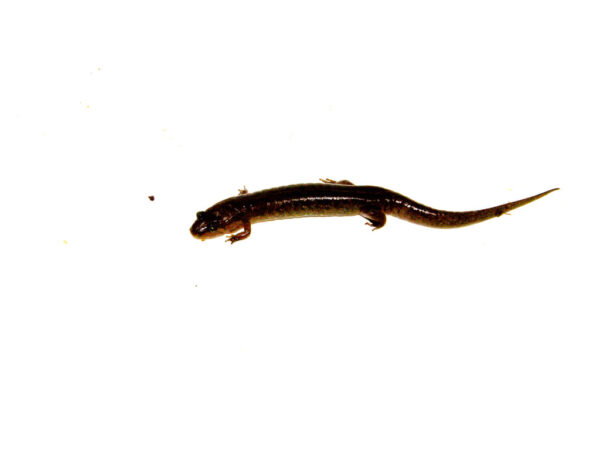
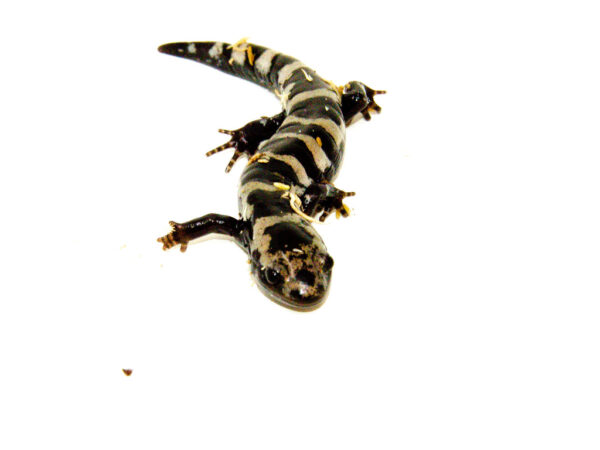

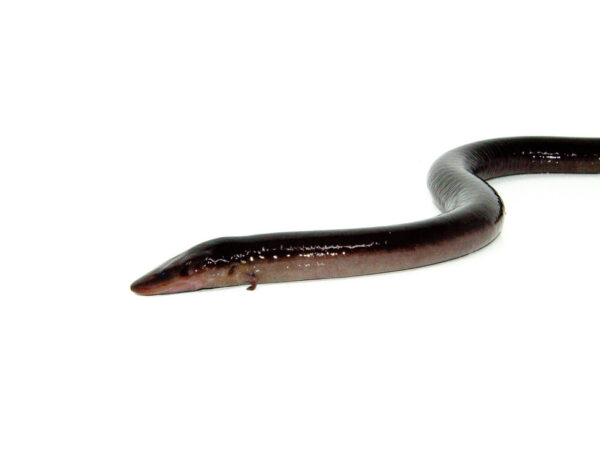

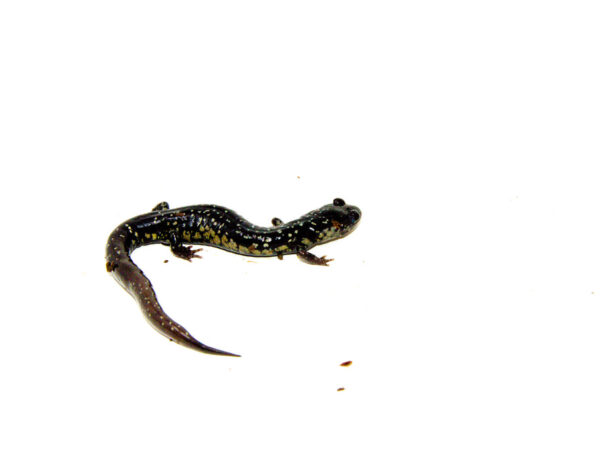
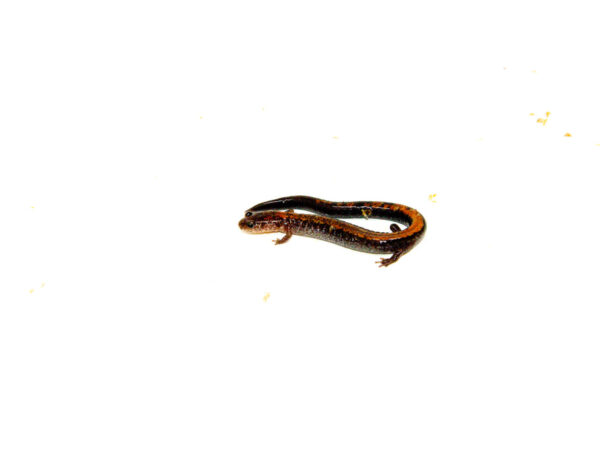
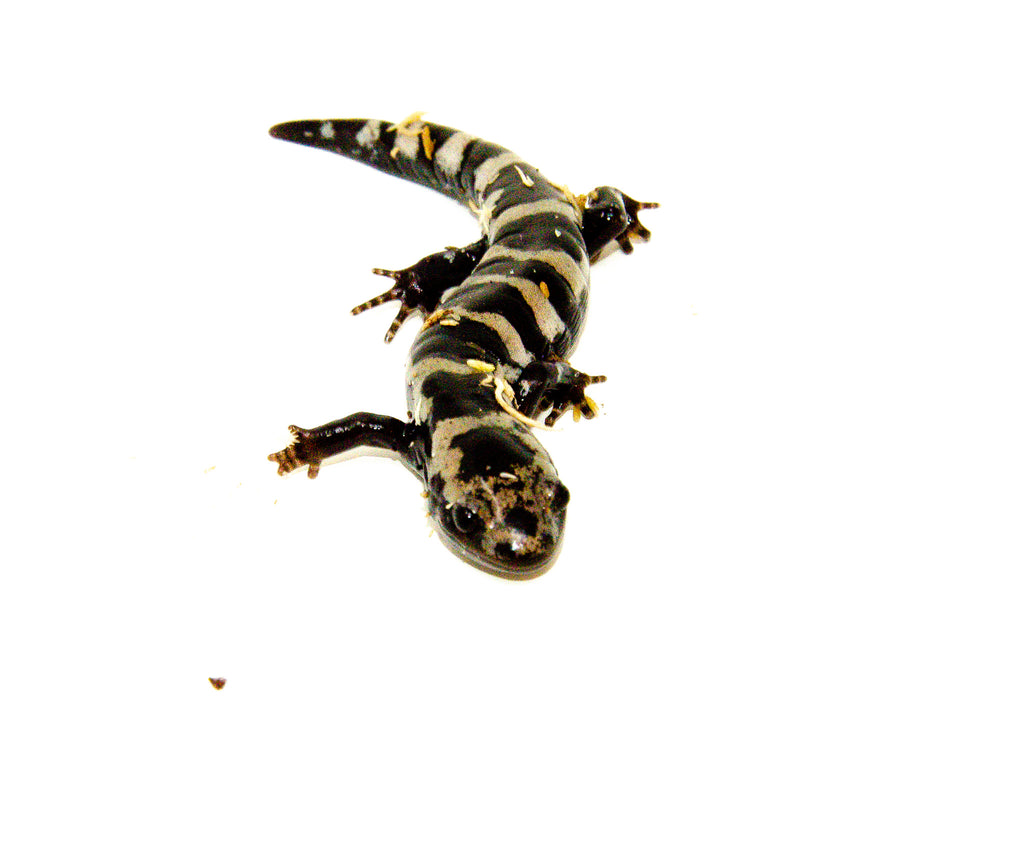






Reviews
There are no reviews yet.